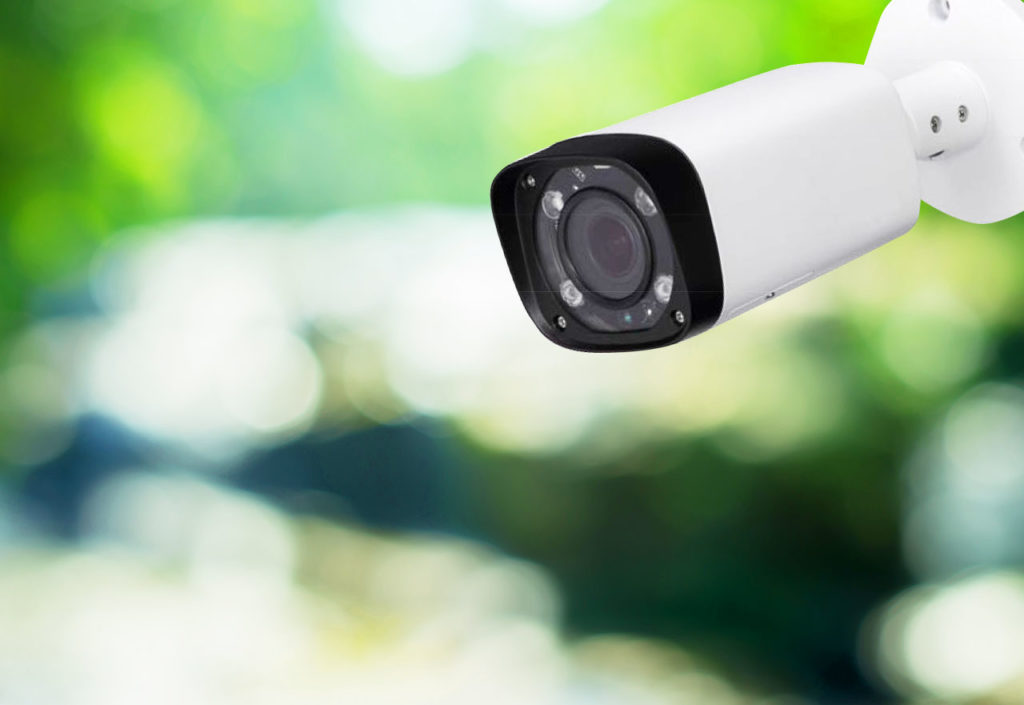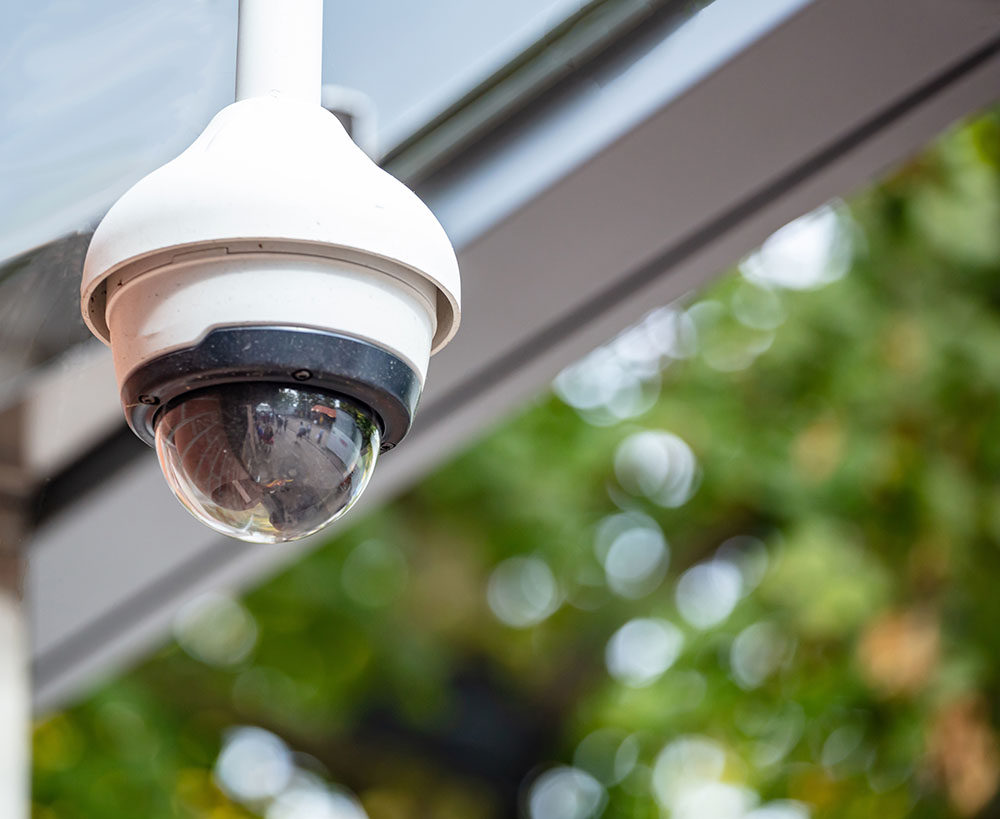The National Broadband Network (NBN) is a new telecommunications network that aims to provide every home and business with faster and more reliable broadband. It’s scheduled for completion in 2020 and it’ll replace Australia’s old copper network with new, fibre-based technology. Having faster internet means businesses can access global markets much easier. But how will this new rollout affect homeowners who use alarm monitoring as their security system?
Today we’ll be discussing how your alarm monitoring system will be affected by the NBN and what solutions are available to make sure that your monitoring is not interrupted.
Connecting to the NBN
Getting connected to the NBN is a matter of contacting a retail service provider. You’ll be notified when NBN is available in your area and once you’ve selected a plan, the connection process begins. Your existing telephone line will be disconnected and replaced with a new NBN connection box. This connection box provides a digital phone line as well as your internet connection.
This means that your monitored alarm system won’t work with the new digital phone line. When the NBN was first developed, the plan was to replace old copper lines with a high-tech fibre optic cable. Now, the NBN connection box has a special socket called the UNI-V port which is intended to replace your previous analog phone line.
Any equipment that isn’t compatible with the NBN box (security systems, fax machines, and medical alarms) can operate perfectly using the UNI-V port. And while it sounds like an ideal solution, there are a couple of problems that need to be pointed out:
- Not every home is going to receive a fibre-optic cable.
- The UNI-V port is only available if your home uses a fibre-optic cable to connect to the NBN.
Apparently, the people in charge at NBN have miscalculated their cost for fibre-optic cables and other homes will have to rely on cheaper methods to connect to the NBN. If you received a fibre-optic cable, congratulations. You can still connect your alarm monitoring system to the NBN box thru the UNI-V port. But if you don’t then your security system won’t be compatible anymore.
Fortunately, there are alternative solutions for you to continue your back-to-base monitoring or self-monitoring. Here are the available options to consider:
- Back-to-base alarm monitoring system solution
For professional back-to-base-monitoring, you will need to acquire an alarm communicator that bypasses the NBN altogether. There are several options available, but the one we recommend is the Permaconn PM 24. It’s a single SIM communicator that works using Telstra’s mobile phone data network (GPRS) to transfer signals from your alarm to the monitoring station. It uses the alarm panel’s backup battery to operate during a power outage, making it extremely reliable.

Installation is quite easy is no need for screws or drilling. Just attach it magnetically to an alarm panel enclosure and you’re good to go. The whole setup and installation process costs around $300 and the weekly monitoring fee costs around $9.00 monthly. You’ll notice that the weekly monitoring fee is higher than the dialer monitoring fee but this is offset by:
- Not having to pay a monthly telephone line rental fee.
- No charges for individual phone calls when your alarm calls to the monitoring center. Included in the weekly fee is an unlimited number of signals.
The Permaconn 24 allows for remote programming of alarm systems over multiple paths which helps you save time and call-outs. Intruders will have a hard time disabling your alarm system since there are no telephone wires to snip.
- Self-monitored alarm systems solution
For those who are using self-monitored alarm systems, you’ll need a 3G/4G wireless communicator to allow your system to send alerts when it is activated. A wireless communicator is a small box that looks similar to an internet router and replaces your phone line. There’s a telephone socket in the communicator where you can plug a handset to make phone calls.
The communicator is powered by the alarm panel’s power supply. Simply place the SIM card in, connect the panel into the communications socket and you’re good to go. Since it replaces your old telephone line directly, you’ll continue to receive all of your mobile notifications whether it be messages or phone alerts.
- Create your own monitoring control room
The third and final option is to create your own monitoring control room. It’s just a matter of upgrading your control panel and adding an internet module. This allows you to control and monitor your alarm system remotely. The current generation of alarm systems have the option to send you high-resolution footage in the event of an alarm trigger. Home automation features are soon to be added as well to further strengthen home security and provide homeowners with much more control.
The arrival of the NBN could push homeowners to switch to the self-monitoring path. While it does have its merits, there are downsides as well. There are no patrol services to respond in case of a break-in and you can’t depend on the police if ever an intruder sounds off your alarm. But if you want a more DIY approach to your alarm monitoring system, then you should consider creating your own monitoring control room. Casa Security can provide reliable alarm monitoring services in Perth at great rates. Contact us today for a quote.
What does this mean for homeowners with alarm monitoring systems?
The road to faster and more stable broadband comes with its own downsides, but that doesn’t mean all is lost for homeowners who use alarm monitoring systems. Your existing equipment may need to be upgraded or replaced because of its incompatibility with the NBN. Before your old telephone lines get replaced with fibre-optic cables, you still have plenty of time to figure out how your monitoring will work once the NBN connection has been fully adopted.
It’s crucial to know how you monitoring system will be affected by the NBN rollout so you can better prepare for it once it arrives. If you want your alarm monitoring system to keep working, these three alternatives are definitely worth considering.

